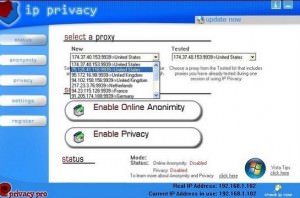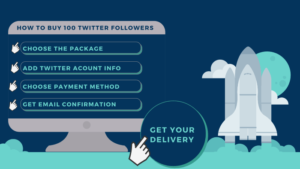What Is A Business Model Canvas?
Thousands of entrepreneurs worldwide are starting to use a business model canvas rather than a business plan. Stay with us and learn why!
The worldwide hit of the business model canvas
The business model canvas is a new tool for formalizing a business creation project. It has been acclaimed by entrepreneurs and stands as a worthy replacement for the business plan in presenting a business model and its competitive advantages. The business model canvas is ultra visual and synthetic. It can be summarized in 9 points on a single page, whereas the business plan is a small booklet of several dozen pages. However, the business model canvas remains limited compared to the business plan because it does not address market research and it can only target a single customer segment.
The model is of Swiss origin and it was the idea of the successful entrepreneur, Alexander Osterwalder. The concept is a hit and it is now being used worldwide, especially among the startup community in Silicon Valley.
It also provides a very synthetic and visual vision of the economic model that has been designed. Above all, it allows the entire investment project, including the company’s competitive advantages and strengths, to be identified in a nine-box table. The nine boxes present nine different points of the business model. On the other hand, the BMC can’t be used for implementing the business model of an entire company. Indeed, it can only address one product at a time. If a company plans to implement a business model for all its products and services, it must develop several BMCs.
To learn more about this topic, you can check out this article about business model canvas channels.
How does it work?
The business model Canvas, is composed of 9 items, each of which summarizes a part of the business plan (deductions and observations made), which helps generate the most value for the company. The items are as follows:
- Section 1 : Strategic partners
- Section 2: Key Activities
- Item 3: Value Proposition
- Item 4: Customer relations
- Item 5: Customer Segments
- Section 6: Key Resources
- Item 7 : Distribution channels
- Item 8: Cost Structure
- Item 9: Sources of Income
Making a Canvas business model consists of studying all the factors that will impact your company’s business model. This approach offers several advantages:
- It allows us to structure our thinking and to better define our ideas, concepts and direction.
- It clarifies things. When we have to define our ideas in writing, we need to be precise. We then often find that they are imprecise or not yet finalized. Identifying key resources and having a written agreement defining the characteristics of the partnership (nature, counterparts, commitments, etc.) are not the same thing.
- It enables cause-and-effect links to be established as well as the scheduling of how the business model will be set up. We try to identify the logic of the business model we want to set up.
- It helps us, like a checklist, ensure that every aspect of the business model has been properly studied.
Business model canvas: pros and cons
As you may have noticed, unlike a traditional business plan, the Canvas business model is built around a specific customer segment and not around a company.
The formalistic aspect of the business model allows you to cross-check identical criteria from one segment to another and to quickly visualize what the specific constraints will be for one of them.
The Canvas business model does not take into account the market research necessary to understand a customer segment. In order to develop a good business strategy, you also need to know your customers and competitors!
So yes, the Canvas business model seems quick to formalize. It suits our “everything, right now” generation of entrepreneurs. But if you add to it the investigative work required to understand your customer segment, it still requires some time for thinking.
In addition, the Canvas business model tends to completely sidestep the marketing aspects of a project. What is your brand image? Will it be relevant to all your customer segments? When does the Canvas business model answer these questions?
Of course, let’s not forget that funders still expect to see a traditional and voluminous business plan. If you’re looking for a complex approach, you can’t and won’t escape it!
We hope that this article has given you some insight about the business model canvas. Be sure to follow us for more business and IT info!








